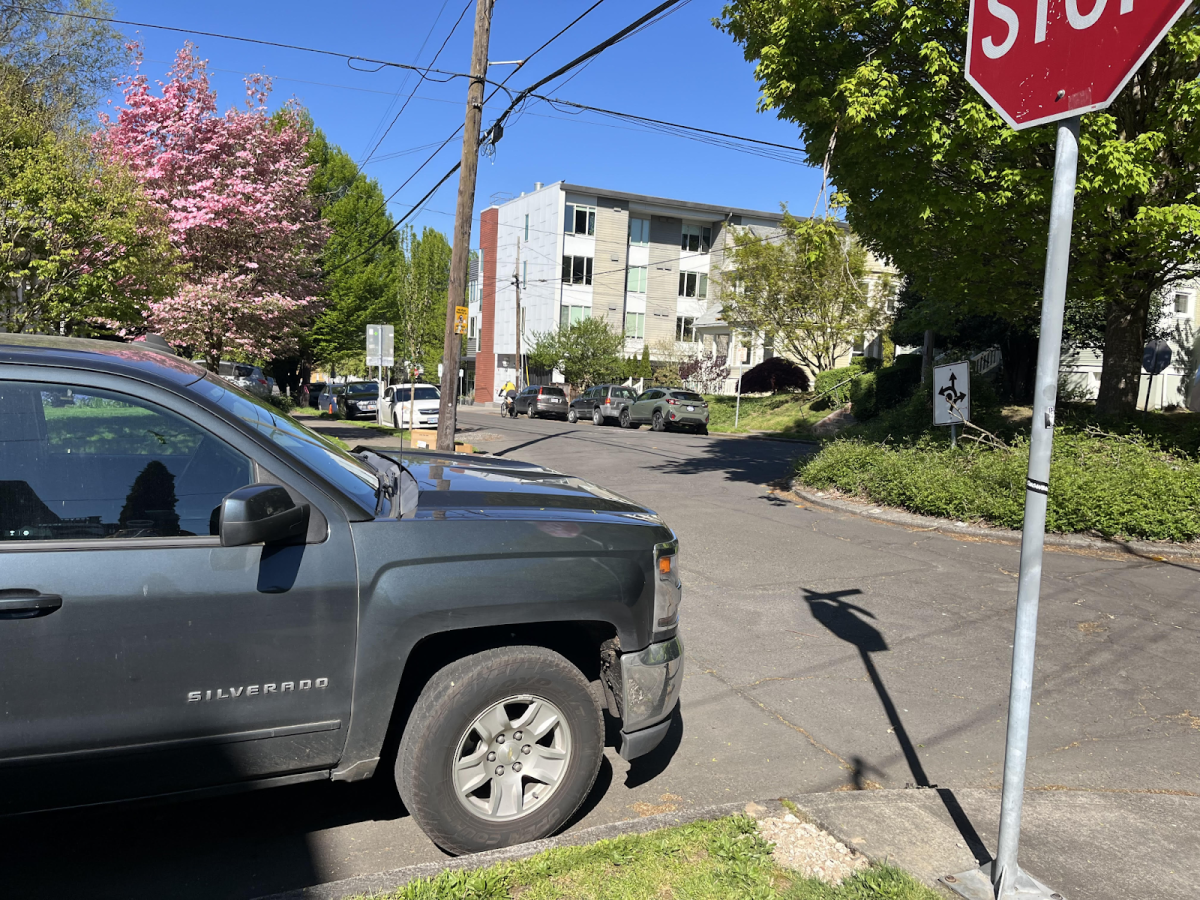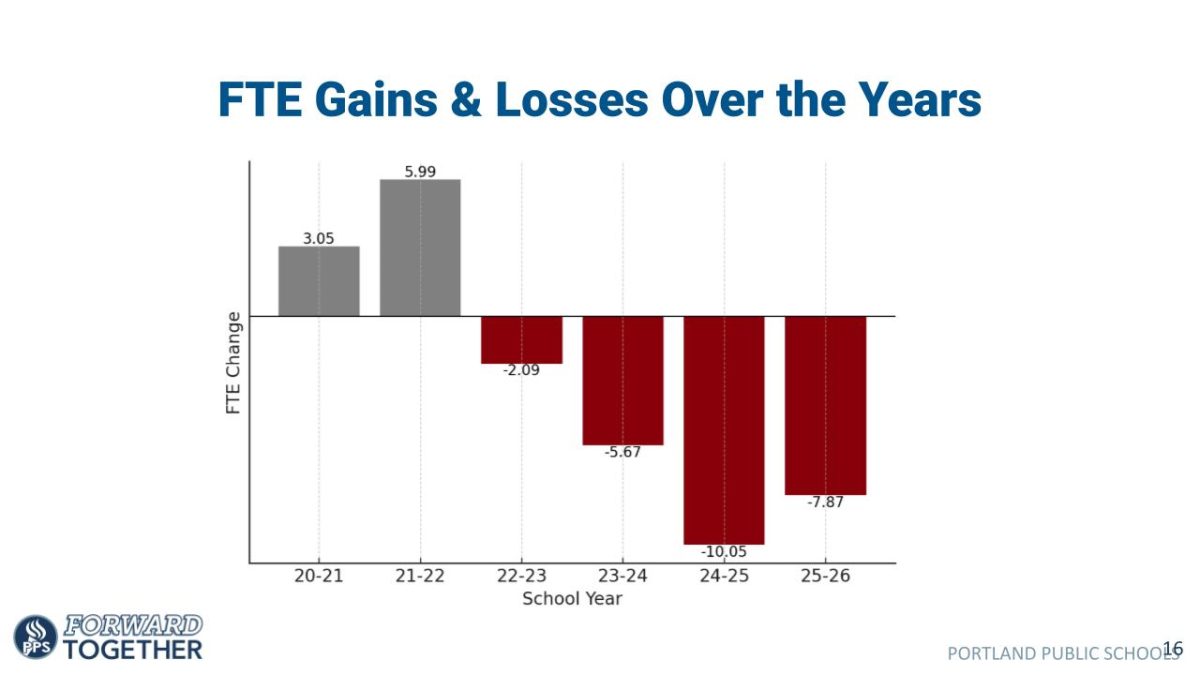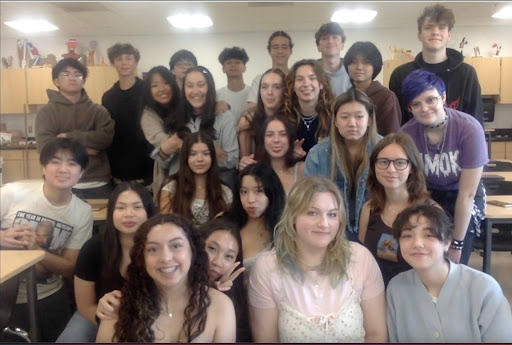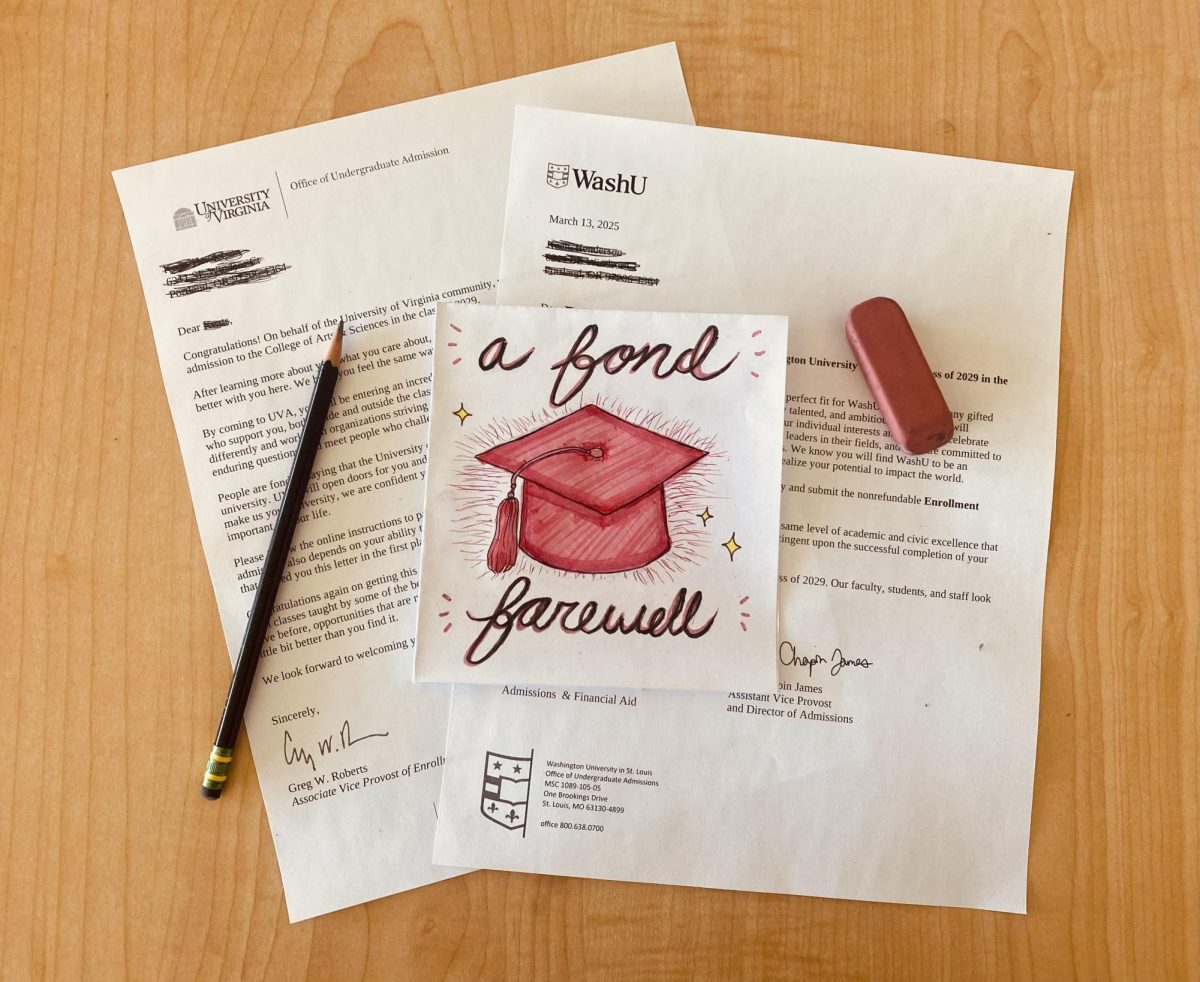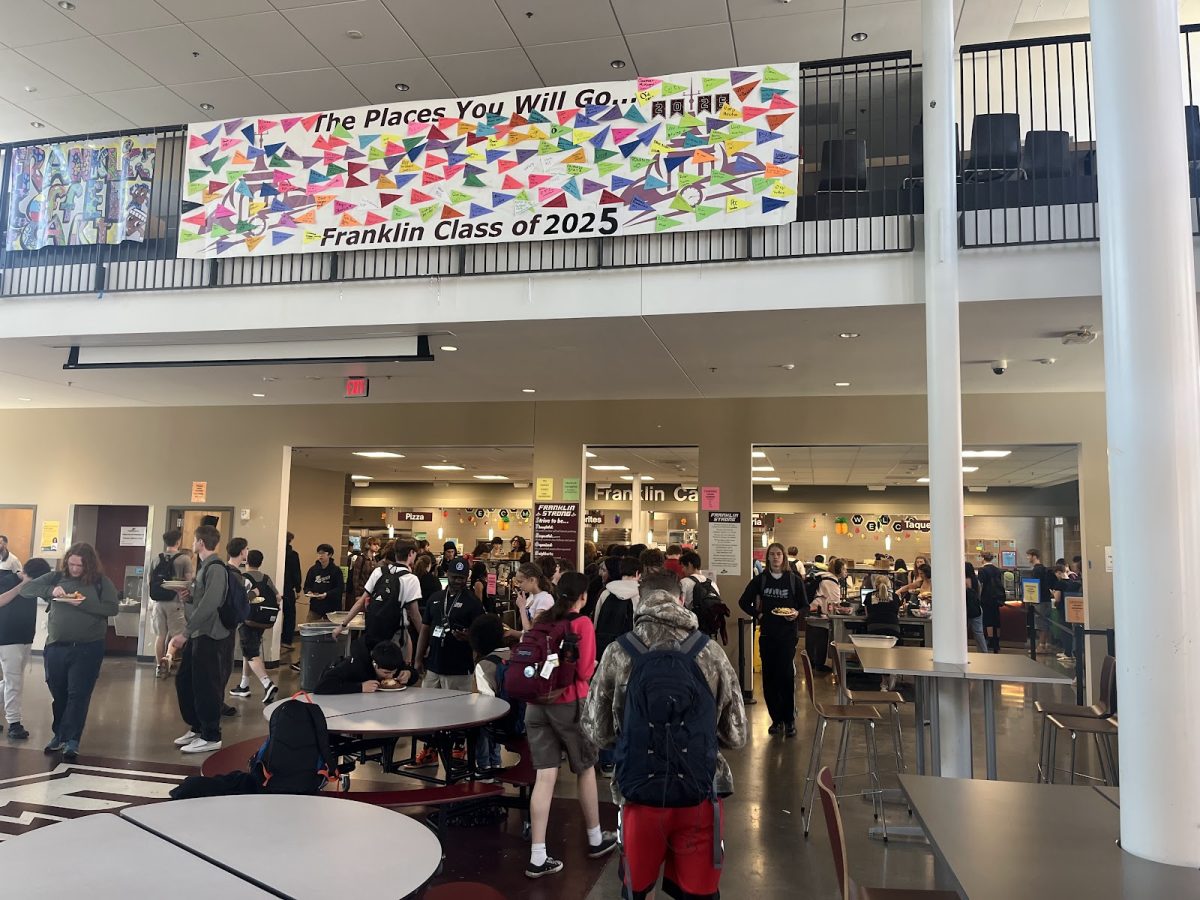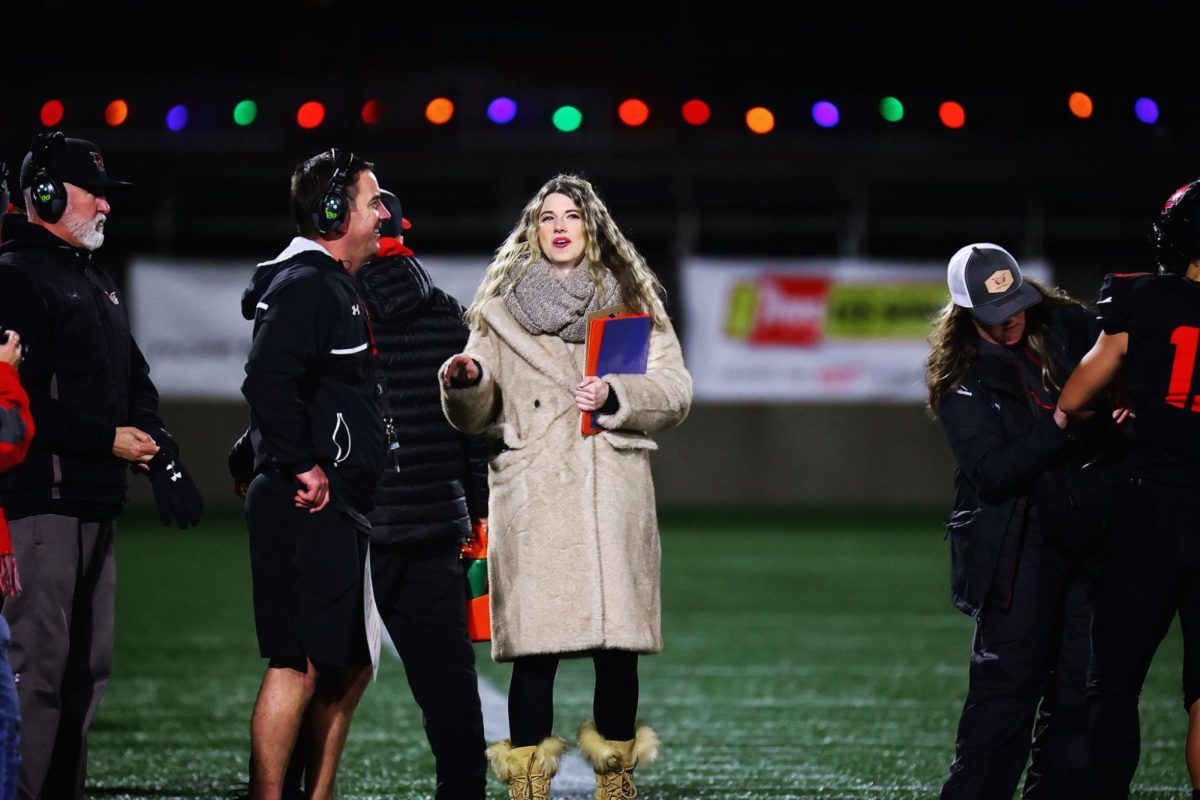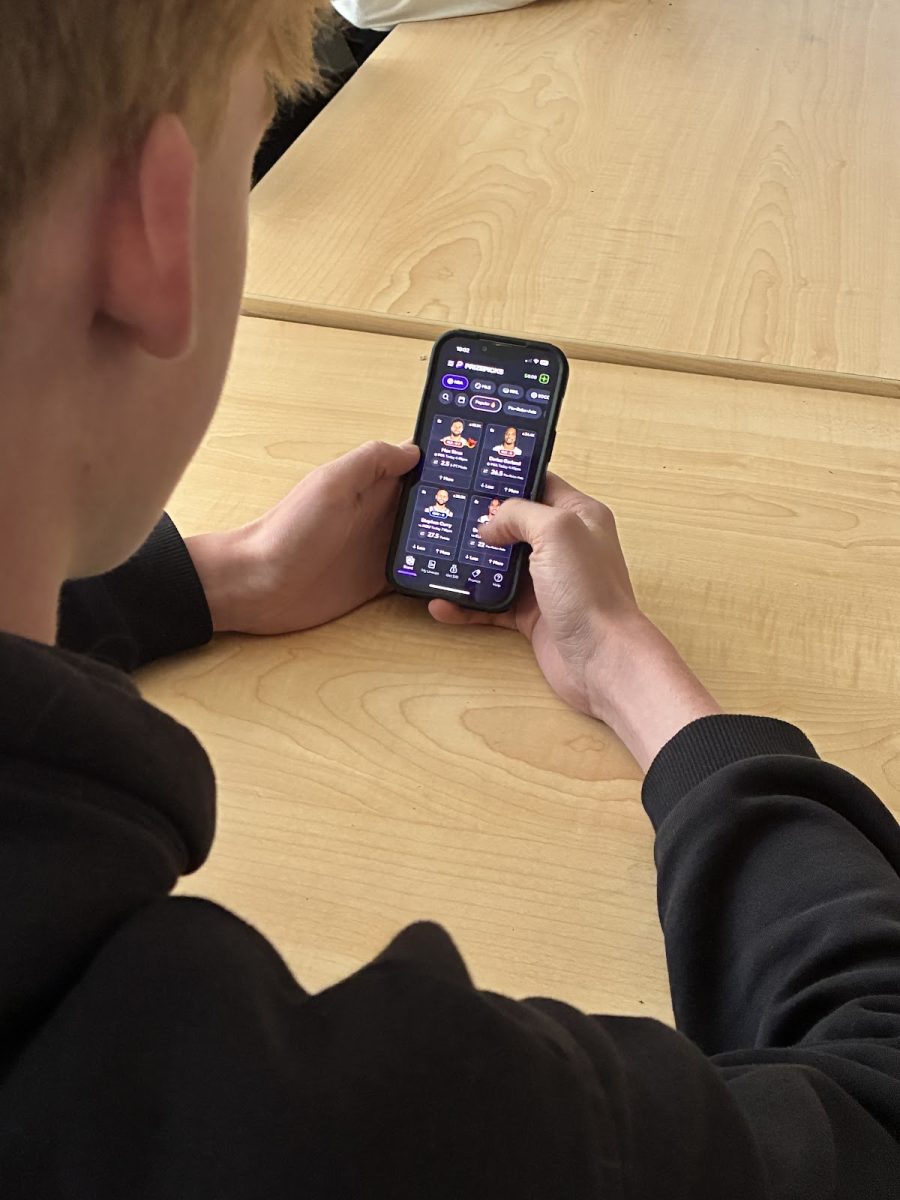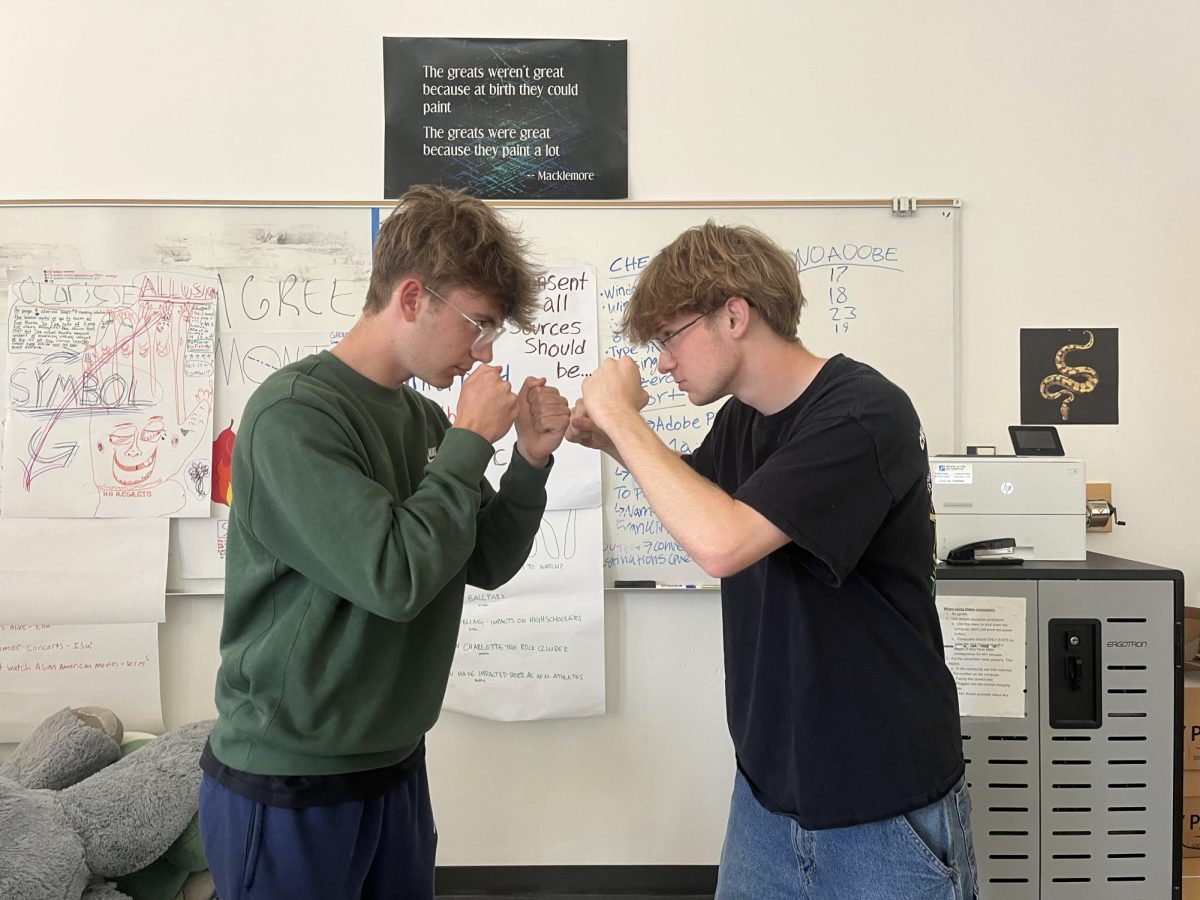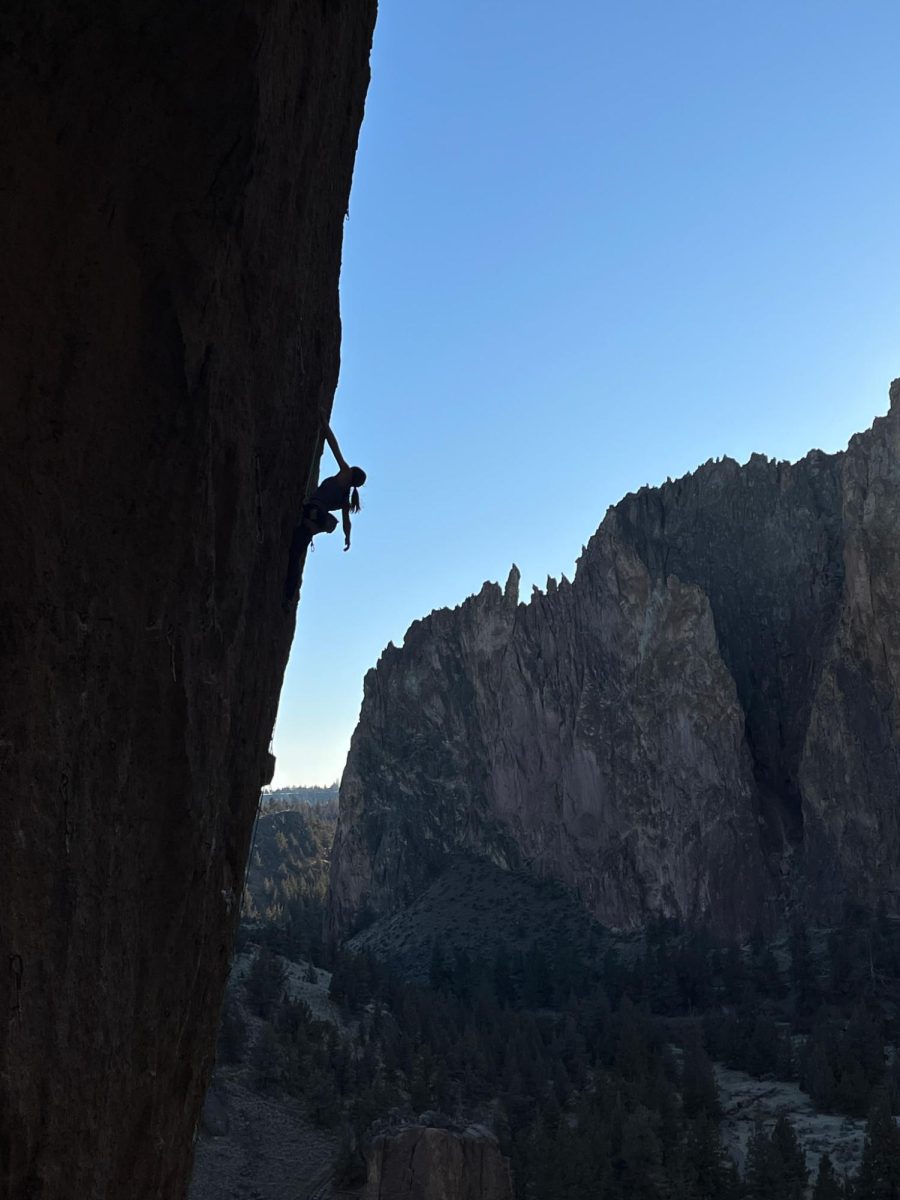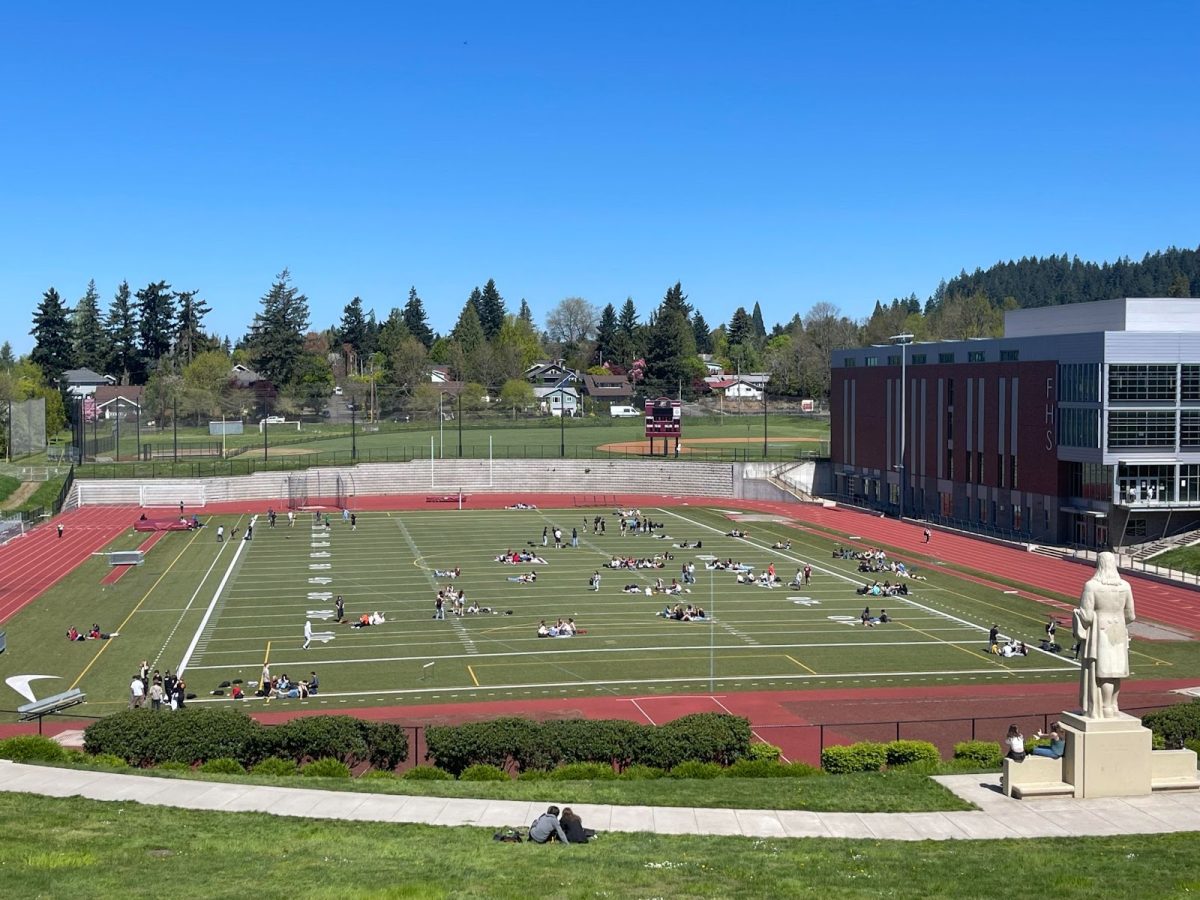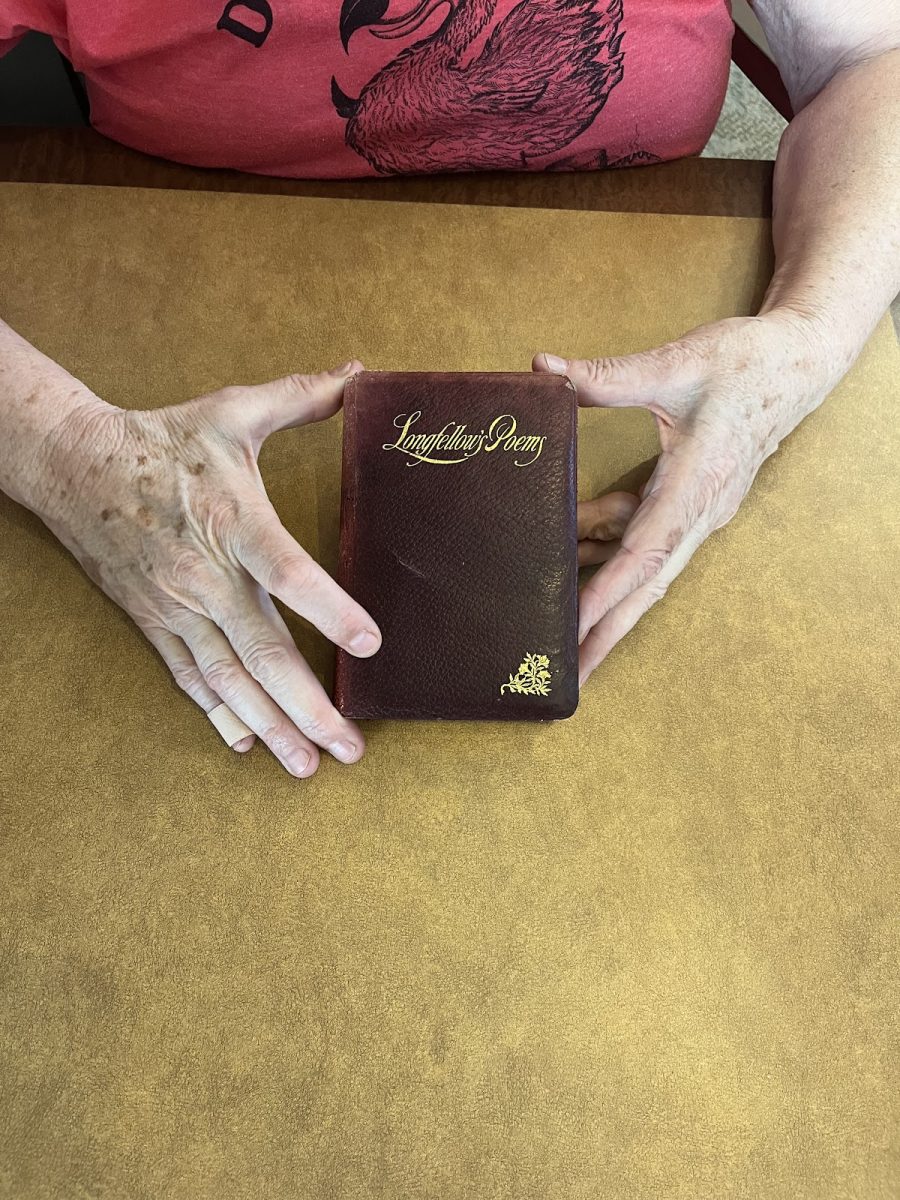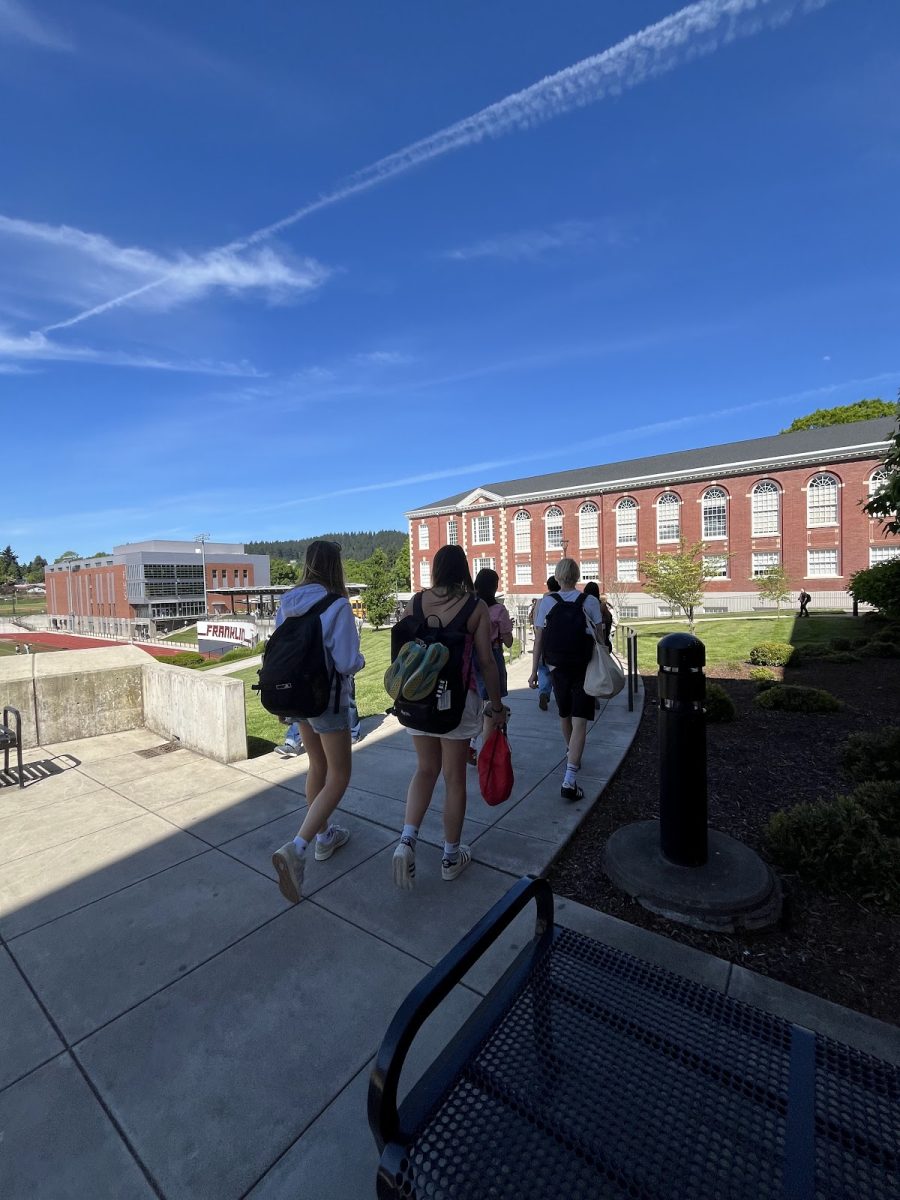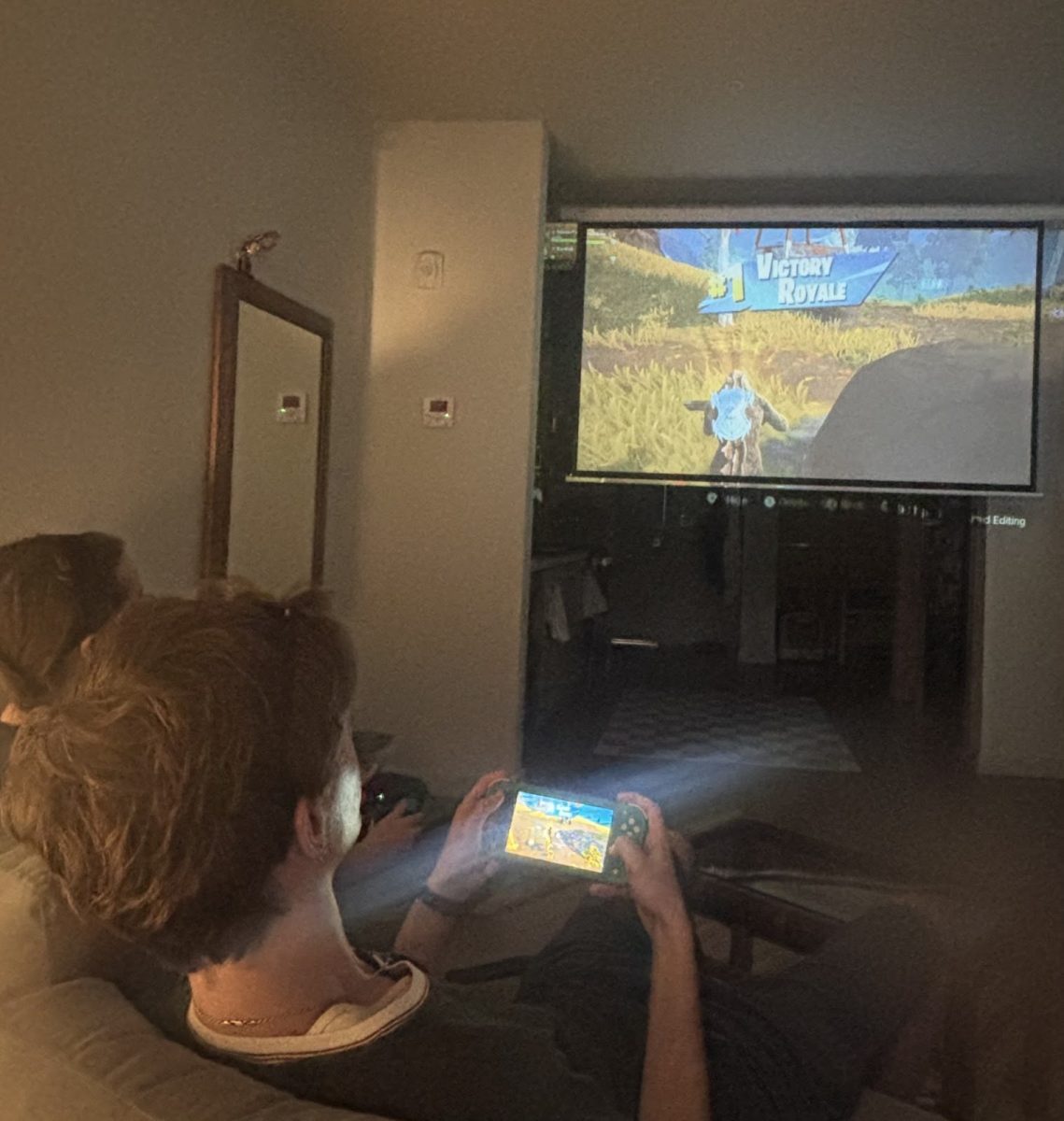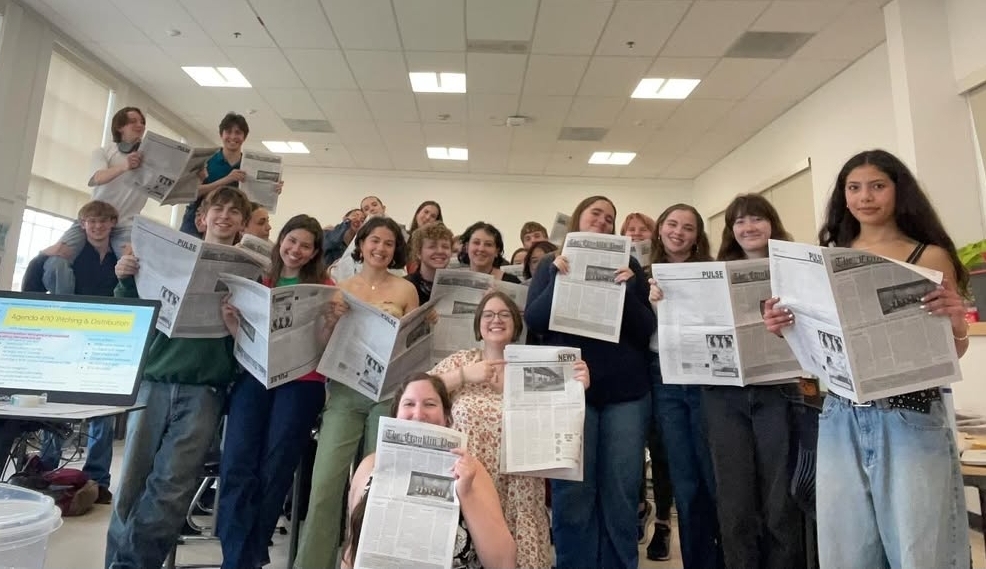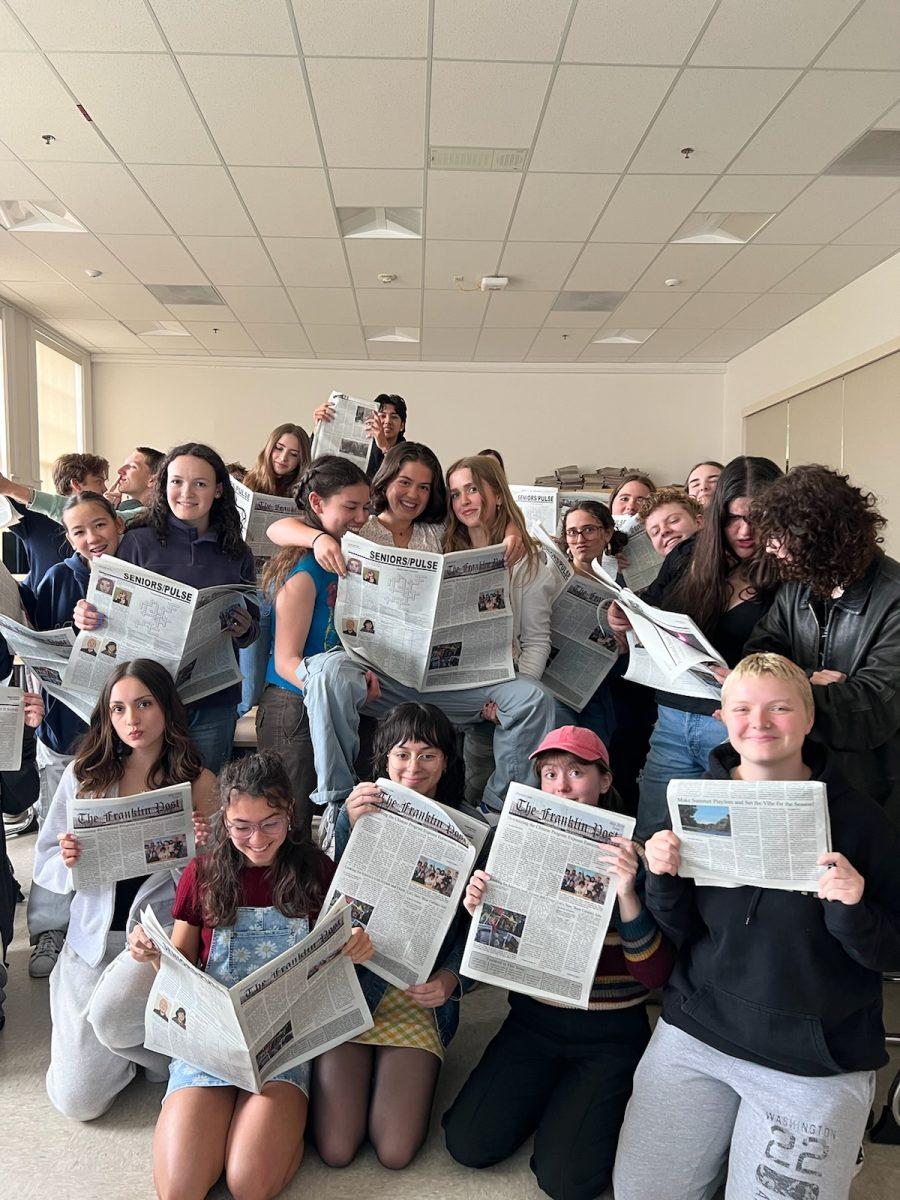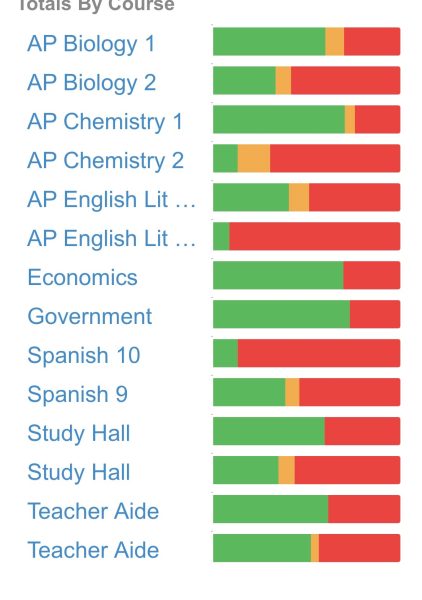
The class of 2025 has experienced a sweeping epidemic of “Chronic-Absenteeism,” a term defined by the State of Oregon as 10% of all classes being missed, according to the Franklin attendance office. According to the district, seniors on average have the highest rate of students who are chronically absent, but why is that?
Chronically absent students can be found in all grade levels, but for seniors, this title is much easier to earn. With many seniors having fewer credit requirements and subsequently fewer classes, missing a single class can have a larger impact on the total percentage of classes missed. For example, a student with two early dismissals and a late arrival has only five classes total. This means consistently missing just one class makes them chronically absent, even if that class is study hall.
Seniors also tend to have a heavier workload outside of class than most other grades. With many seniors focusing on their future through college applications or actively earning work experience, schoolwork and attendance can become an afterthought. Since much of what seniors do does not pertain to the limitations of the school campus, some are forced to choose between perfect attendance, and the opportunities of work and volunteering, although formally working during school hours is illegal.
Franklin attendance coach Daisy Jimenez-Antonio gives her expertise on the subject. “I monitor attendance for the school, so everyone’s on my caseload,” Jimenez-Antonio says. She explains how the school sections students by attendance percentages. 80-89% attendance is chronic absenteeism, 79-51% is considered severe, “[and] when we’re talking about 50% and below, that’s acute [absenteeism].” Jimenez-Antonio’s role includes making calls home to students below a certain threshold, including those at risk of being unenrolled through the 10-day drop rule, in which students who miss 10 straight days of school are automatically unenrolled.
Jimenez-Antonio explains, “There’s 430 students in the senior class,” and of that, 61.24% “are students with chronic, severe, and acute absenteeism.” Jimenez-Antonio speculates that “seniors have normalized like, ‘oh well, I only need my English and economy [credits], so I’m only going to go to those classes.’” She explains that this way of thinking often leads to the infamous “senior slump,” causing students’ GPAs to drop.
To address the issue, the district implements a yearly “60-day rule,” in which seniors must attend 85% or more of their classes to attend events such as prom or have the ability to walk at graduation, although the final decision on whether students can attend is made on a case-by-case basis. Students can schedule 1:1 meetings with Jimenez-Antonio during the 60 days, which this year began on April 1.
When turning to students, new reasons are revealed as to why they miss classes. Victoria Huynh, Franklin senior, shares, “I typically skip [at least] one day of class per week for my internship at Division Midway Alliance (DMA) … The DMA office is only open from 9-5 p.m. only on weekdays, which completely overlaps with [the school’s] 8:30-3:30 schedule — there’s just no reason to make the commute to the office to work for only an hour.” Huynh says she’s on track to graduate, having already fulfilled her credit requirements and CRLEs. “[A]lmost all of my time spent skipping class is meant for my future,” Huynh says. “My internship has provided me with valuable experience and connections for my future career if I plan to continue working in the non-profit sector. It’s difficult to maintain with my school schedule, but it’s so incredibly rewarding.” Huynh attests to the fact that she “never cut class before and never has had the urge to.” Despite this, Huynh’s attendance rate is 81%, making her part of the over 61% of seniors with chronic, severe, and/or acute absenteeism.
Hugo Love-Geiger, Franklin senior, states, “I do cut class sometimes, but mostly I’m just very late.” Love-Geiger feels apprehensive about attending class, saying, “Most of my classes have very little instruction. All of the work can be done online, so it often feels pointless to be in a class where all I’m doing is being on a computer … [I’m] not actually interacting with my peers, or receiving instruction.” Love-Geiger believes the usage of computers in school causes disconnection, a sentiment also shared by Jimenez-Antonio. Love-Geiger says he mostly misses the first or last periods of the day; “I skip my first and last classes of the day, and they both have work that is done pretty much entirely individually.” He continues, admitting, “Sometimes my time outside of class is productive, but I have a lot of senioritis and honestly don’t spend a lot of time outside of class on school work because I’m so burnt out.” Still, Love-Geiger cares about success in his classes, but “as a second-semester senior, I feel like I’ve figured out how to do almost everything individually.”
This is the case for many seniors, having jumped through the necessary hoops of high school education and many having figured out how to game the system, often relying heavily on online submissions and emails to teachers. Likely, we are seeing the aftermath of online distance learning from the 2020 COVID-19 pandemic still rippling through our education system. Whether for career-related experiences, mental health, or because of burnout, students are missing class. There has been a critical shift in the education system, and students may question the purpose of continuing to uphold systems based on a head count. Equity is always a must, Jimenez-Antonio says, “Behind closed doors … I’m not a counselor. I’m just someone who cares.” She closes, stating, “As a school we are responsible for you, so ensuring your safety and making sure you’re where you’re supposed to be is our number one priority.”

